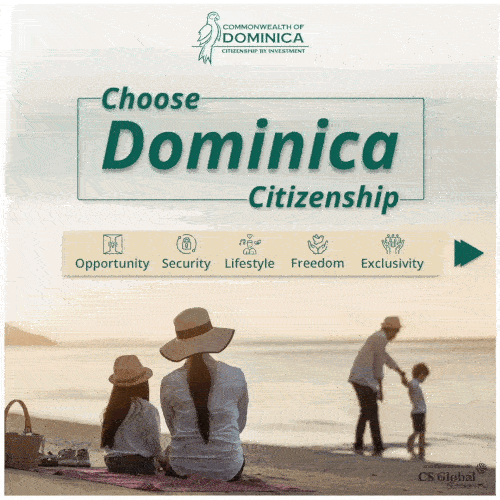According to the unified information portal of Bulgaria, on January 25, 26 out of 28 districts were classified as the “Covid-19 dark red zones”. A district is classified as a dark red zone if the morbidity rate is 500 or more out of 100,000 population on a 14-day basis.
The national morbidity rate of Bulgaria was 1,505.7 per 100,000 population on January 25, which was 1,426.72 on January 24.
District wise, the highest morbidity rate, 2,523.1 per 100,000 population, is of Blagoevgrad. And the morbidity rate of the capital city Sofia is 2,368.83 per 100,000 population.
According to the unified portal, last week, on January 18, the national morbidity rate of the country was 1,144.3 per 100,000 population on a 14-day basis, and 24 out of 28 districts were dark-zoned.
On the same breadth, on a fortnight ago, on January 11, the national morbidity rate was just 739.96 out of 100, 000 population and only 17 out 28 districts were in the Covid-19 dark red zones, and ten districts were in the red zone, and one was in the yellow zone.
At the beginning of 2022, the national morbidity rate of Bulgaria was about 342 per 100,000 population, and according to the official data on January 1, only Sofia city was classified as the dark red zone.
According to the latest report, the 26 dark red zoned districts are: Blagoevgrad, Bourgas, Varna, Vidin, Gabrovo, Kyustendil, Pernik, Sofia district, Sofia city, Stara Zagora, Veliko Turnovo, Vratsa, Dobrich, Lovech, Montana, Pazardzhik, Pleven, Plovdiv, Rousse, Silistra, Sliven, Smolyan, Haskovo, Yambol, Shoumen and Razgrad.
And the only two districts in the red zone are: Kurdzhali and Turgovishte.
According to the vaccine tracker of the European Centre for Disease Prevention and Control, amid such a high number of positive cases in Bulgaria, the nation continues to have the lowest vaccination rate against Covid-19 in the EU-EEA area.

